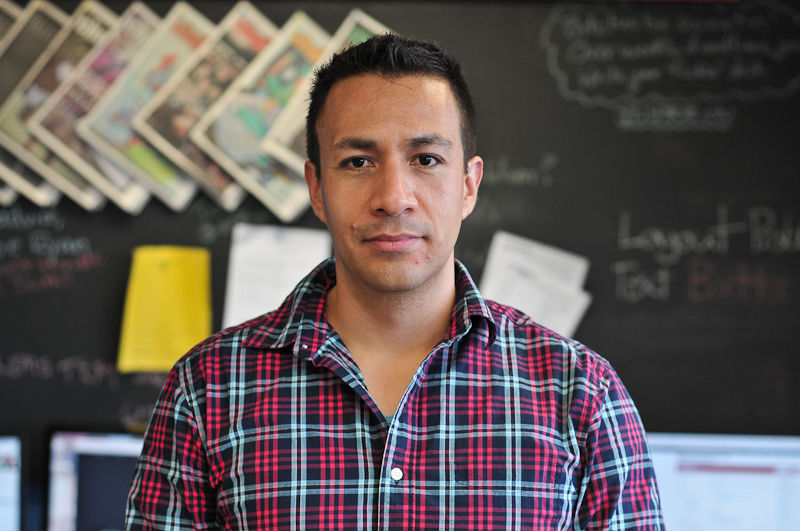Over the last two years, approximately $12,000 has been cut from the Aboriginal Centre’s budget by the Carleton University Students’ Association (CUSA). Their argument is that CUSA did not want to duplicate services provided by Carleton University’s Centre for Aboriginal Culture and Education (CACE), despite the fact that CACE’s services are quite limited, which you can see by looking at its website.
This reminds me of the historical processes that resulted in what Pitseolak Pfeifer called attempts “to socially re-engineer [this] society and to completely wipe out” Indigenous groups in a piece published in the Charlatan.
Even at the university level in Canada, relations and social processes between Indigenous and non-Indigenous people may still be influenced by the colonial-settler system.
One of the actual consequences of this system is the divestment of this system on Indigenous youth, which is also related to a high rate of suicide among this particular group. We must nonetheless, mind that causal connections in society are not necessarily directly evident or straightforward, but inter-connected in subtle ways.
From 2007-11 a total of 3,874 children and young people between the ages of 10-29 committed suicide, according to Statistics Canada.
Suicide rates among First Nations, Métis, and Inuit youth are the highest in the world, at 11 times the Canadian national average according to Health Canada. That is to say, for each non-Indigenous young person who commits suicide, 11 Indigenous young people follow suit.
Specifically for Inuit youth, the suicide rate was on average 30 times that of Canada’s youth for the periods 1994-98 and 2004-08. Their current suicide ratio is 1:13 in relation to the national average, with a recent—and shocking—casualty being an 11-year-old Inuit boy’s August 2013 suicide.
If we ask about the possible underlying reasons for this, we first need to be aware that since 1897, suicide has been understood not as the result of an individual’s isolated action, but as the overall outcome of broader societal actions and contexts that exert pressure over individuals.
Research signals that suicides among Indigenous youth have been fostered by the Canadian colonial-settler system.
Some Indigenous youths have also been constantly exposed to persistent racism and/or made to feel ashamed and devalued for being Indigenous. Consequently, many have lost their self-confidence, pride and self-esteem, reinforced by inaccurate lay perceptions that have misrepresented their cultures and identities.
Increased access to information may also lead Indigenous youth to be more aware of the numerous disparities between Indigenous peoples and the mainstream Canadian society.
Various programs looking to address and reverse suicide rates among Indigenous youth have been implemented, on and off, since the 1980s. Without these programs the number of suicides would be higher. Nevertheless, suicides still—and will—happen because these programs neither address the deep roots of the problems nor sufficiently invest in key elements of Indigenous development on par with the rest of Canada.
Speaking with Indigenous students at the Ojigkwanong, they say there is a need for lasting processes of relations with, and inclusion into, the broader student community and the imperative for recognition of Indigenous students’ voices in relation to their specific requirements.
It is time for CUSA to acknowledge and act accordingly to the unique circumstances and needs of Indigenous students. This is something they need to learn about, be sensitive to, and fight for.





